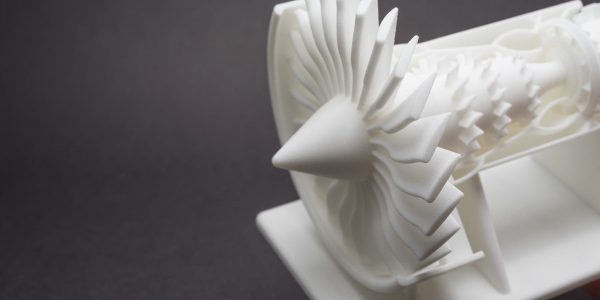Rapid prototyping can speed up the development process. Every product is formed and manufactured depending on the materials used and the type of prototyping that will best suit the product. The following are the different types of rapid prototyping:
3D Printing
This process is usually misunderstood by many, as some people think that it is the same with prototyping. The difference lies in how one perceives it. Rapid prototyping is for the industrial level, while 3D printing is at the consumer level. But, it is not the case most of the time. Generally, it is the process of getting a liquid adhesive, then applying two layers of powder using the ink-jet head of the printer. The final product should be the actual appearance of the item being developed.
Stereolithography
It uses a UV laser guided by a computer that draws the image of the object on the surface of the material. The laser moves back and forth, passing on the surface, hits the liquefied plastic, and hardens it. The object is lowered each time it passes so that it will go to the next path. The process will continue until it has carved the physical model of the product.
Selective Laser Sintering
This process uses a high-powered laser. As the laser moves over the surface of the thermoplastic powders, the material is fused together layer by layer. After completing the first layer, the process is repeated then the powdered bed is lowered, and then a new layer of the material is added.

SLS molds*
Additive Manufacturing
This process is also known as Fused Deposition Modeling. It starts with heating the melted thread of plastic then laid down into surface referred to as a build-platform. It passes through in a layer by layer manner with extrusion nozzle. The computer controls the nozzle and the mechanical device that holds the end product. From the time it hits the build-platform, the material then solidifies and lowers the platform where the next layer of liquefied plastic is then added. The process continues until it completed the prototype.
Software Rapid Application Development
This type of rapid prototyping applies the adaptive software development technique. The process is suitable for developing software that is driven by user interface requirements. Rapid application development tools are used in this process. The devices provide essential information to the designer when it comes to the feasibility of the design. With this tool, the team can detect the problem earlier and can be addressed right away.
With rapid prototyping, you can reduce the working time from your design-to-production from months to weeks. Also, you can save a lot for prototypes, and test new materials, possibilities, and component geometries for your project.
You have the option to choose the type of prototyping that will work best for your product. Among the five types discussed above, 3D printing can cost less than the other processes. Some processes mentioned have additional costs associated with the material, configuring a setup, programming tool paths, and completing the finished work.
Reference
*Image from https://www.3dhubs.com/
